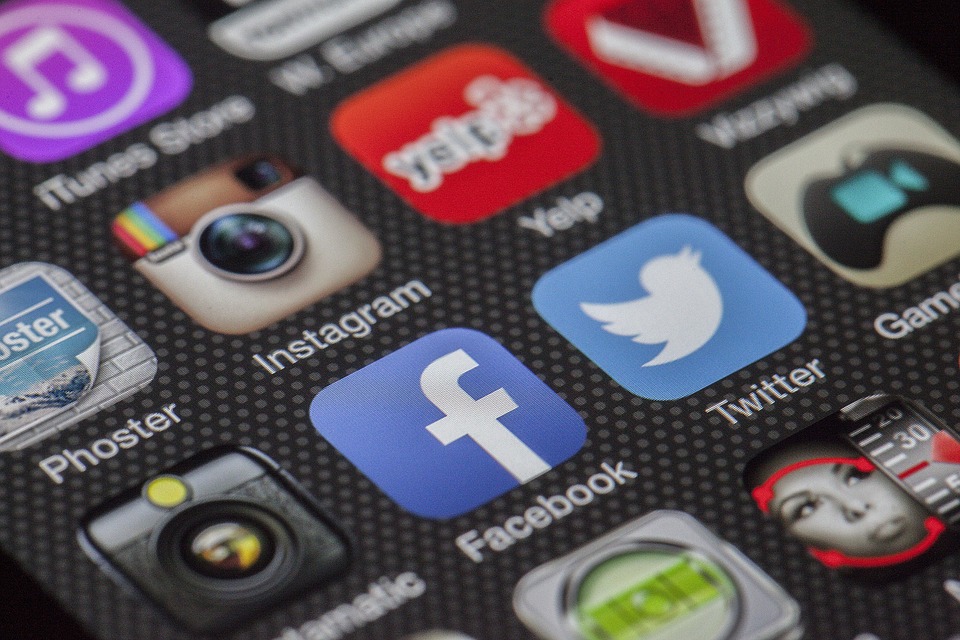Find out how viral marketing works and the factors that make up a great viral marketing message.
For the past couple of weeks, I have been studying a term that we all subconsciously experience daily, that term is viral marketing.
What I mean by viral marketing is messages, videos, posts, images, infographics that are created by a company for people to want to share and it promotes, whether obviously or not, a company’s brand, product or service.
So how does viral marketing work?
It’s a question on every marketing professionals’ mind. And the most destructive thing about entering a campaign of viral marketing, people’s sharing habits are constantly changing. It’s not evolving and changing monthly, or even weekly, I’m talking about daily changes in the way people share.
Viral marketing is completely dependent on the people sharing it. And people share things on a number of different factors based on the word SUCCESS.
S for Simple
The key to an effective and engaging campaign that leads to people wanting and craving more is simplicity. Psychologically, none of us are superhuman and can only focus on one particular thing at once. This is why in your viral message you shouldn’t say ‘We have AAA and BBB and CCC and DDD’. Eventually, people will forget what you said first and it won’t stick.
Take it this way, if I told you to go to the shops without a list and said ‘Buy some bread, milk, sugar, cello tape, biscuits, crisps and some beer’ compared with if I sent you to the shops to buy ‘some bread’ you’d be more likely to remember the one item compared to the list – it’s obvious! And this is how your marketing message should come across.
Don’t tell people what features your product or service has, tell them one, cool, unique and original feature and then leave them craving more information. This way, you’ll get more leads to your website to find out more, it’s a win-win!

U is for unexpected
Why do things go viral? Because their funny, unique and most importantly…they’re shocking. Going back to the all-important shopping list, if I sent you to by ‘eggs, milk and sugar’ you wouldn’t question it or thing twice, would you?
Now how about if I told you to go out and buy ‘eggs, milk, sugar and 20 tonnes of concrete.’ Exactly! You weren’t expecting the last one, you want to engage with me now. You have questions about it, you want to know why. And this is the point when you give people a link to find out more.
Take the Blair Witch Project, it was filmed using a handheld camera, it was made to seem real. The marketing of it was as if this was real footage caught on camera. It wasn’t. But, the unexpectedness of the footage and film made people share it and pay to watch it. Overall it made £250m in tickets.
On the downside, unexpected viral marketing can only be seen once. Take Blair Witch Project 2. They generated far less sales. Why? Because we’re not gullible, this time we know it’s fake and the same story line is going to happen.
CC is for Credible and Concrete
Linking to the shortfall of the Blair Witch Project Part 2, people will only share something if they think it’s credible information or with some concrete evidence.
For example, imagine your viral marketing message is telling people that that ‘Australia is over 700 million km2 in its entirety.’ Now we all know that that is huge, but we don’t really know HOW huge, people need to be shown how huge it is. So now imagine telling people ‘You could fit the entirety of the UK in Australia approximately 32 times’. Now everyone knows how big Australia is.
Similarly, make your words mean something. People are too often putting business jargon into their marketing messages and wondering why it gets little or no pick-up. Think about passing a message and giving it a literal meaning. There are some ways companies have changed the words to bring about a more concrete and hard-hitting message:
- Climate change – turned into – global warming
- Property crime – turned into – smashed glass, stolen valuables
- Estate tax – turned into – death tax
Which brings us onto our final point, getting an emotional reaction out of people.
ES is for Emotional Stories
The main problem with businesses when they decide to launch a viral marketing campaign is they don’t know how to answer to the important question of ‘How can we get people to care?’
The answer? Playing on people’s positivity or negativity. By incorporating concreteness to the message, making sure that you change the words to suit the message. For example, you could describe a jam doughnut in one of two ways. One, ‘a succulent jam doughnut oozing with sweet strawberry jam and sprinkled with a light dusting of sugar – the perfect accompaniment to a warm hot chocolate’ – sounds good, right? How about ‘the fattening jam doughnut, filled with tooth-decaying jam and coated in pure sugar – the perfect recipe for high cholesterol and rotting teeth’ – not so appetising anymore, is it?
To round up, these are just the key elements of a viral marketing campaign, without these factors, being shared is highly unlikely. Plus, it’s always useful to remember that viral marketing is one of the most risky techniques, but if done right, a business can reap the rewards for a considerable amount of time.
